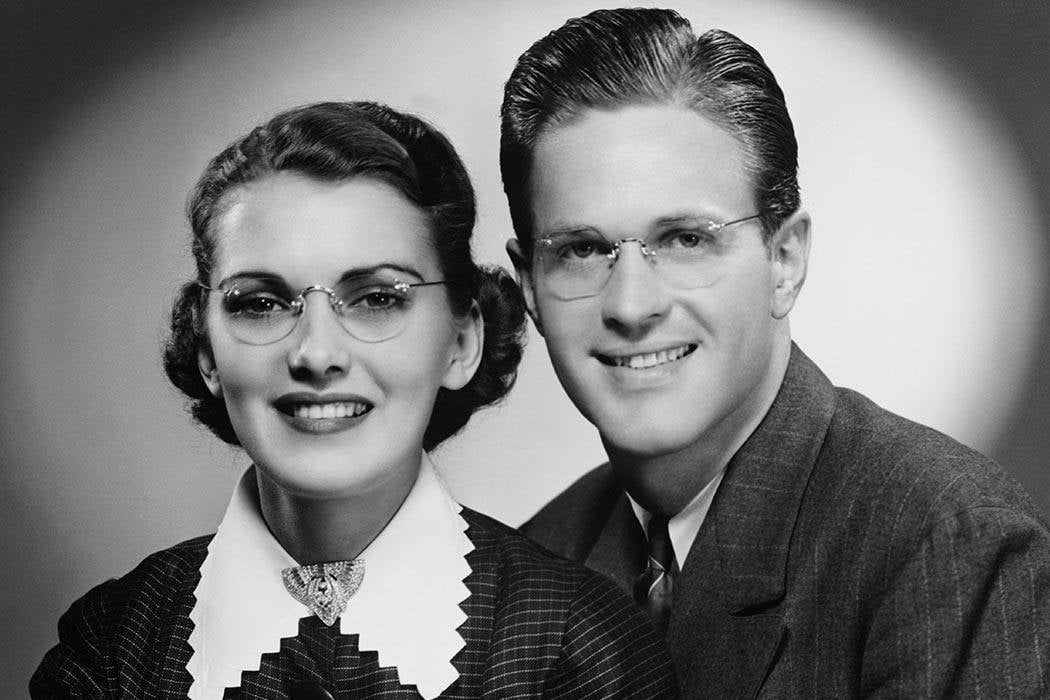It’s the season for gowns, mortarboards, and interminable and/or inspiring speeches. Graduations are one of our culture’s most visible celebrations of young people transforming into adults. But, to the chagrin of many cultural commentators, leaving school doesn’t necessarily mark the start of adult life. New graduates may return to their parents’ houses, live with roommates rather than pairing off and marrying, or bounce around between internships instead of finding paying jobs.
When we think about how the modern transition to adulthood works—or doesn’t work—we’re often comparing today’s young people to those a couple of generations ago, in the 1950s and ‘60s. In those years, adolescents did transform into independent adults much more quickly than they do now. But, as Jordan Stanger-Ross, Christina Collins, and Mark J. Stern wrote in a 2005 paper for Social Science History, the post-war era was a blip in a larger pattern of how young adults have grown up in America.
The authors look at five milestones often seen as marks of adulthood: leaving school, leaving parents’ homes, entering the workforce, marrying, and establishing new households.
If today’s young adults take their time in moving toward full independence, the authors note that this was also true for their counterparts in the early twentieth century. In those years, kids typically took a first step toward adulthood in their mid-teens when they left school and got jobs. But many of them continued living with their parents well into their twenties. This was a mutually dependent relationship. Young people and their parents needed to share their incomes and resources. Even twenty-somethings who left home might stay as boarders in other houses before establishing their own independent households.
But things shifted over the decades that followed. By the post-war boom years, children were staying in school longer and entering the workforce later. At the same time, rising wages, abundant credit, and expanding government support for home purchases meant young adults could marry and set up a household earlier. Suddenly, you could graduate from high school, find a steady job, marry, and buy a house practically all at the same time.
The era of quick transitions to adulthood didn’t last long. In the 1970s and ‘80s, women saw greater prospects for lifelong careers, which encouraged them to stay in school longer and spend time establishing themselves at work before marrying. Meanwhile, housing costs rose, making it harder to establish a household quickly.
The authors note that all these changes weren’t monolithic. In particular, African-Americans, who have had less access to jobs and government-subsidized homeownership, never had as short a transition to adulthood as their white counterparts. In 2000, black young adults still spent significantly more time between life stages than white ones.
Today, with rising housing prices and stagnant wages affecting many young people of all races, it’s not all that surprising if young adults aren’t rushing straight into full-fledged adulthood the moment they have their diplomas in hand.







